ECMO management for severe pulmonary embolism with concurrent cerebral hemorrhage: a case report
Frontiers in Cardiovascular Medicine
MAY 12, 2024
BackgroundAcute pulmonary embolism (APE) is a common and potentially fatal cardiovascular disease that can lead to sudden cardiac arrest in severe cases. During the treatment, the patient received two sessions of external cardiopulmonary resuscitation (ECPR) as supportive care and experienced cerebral hemorrhage.


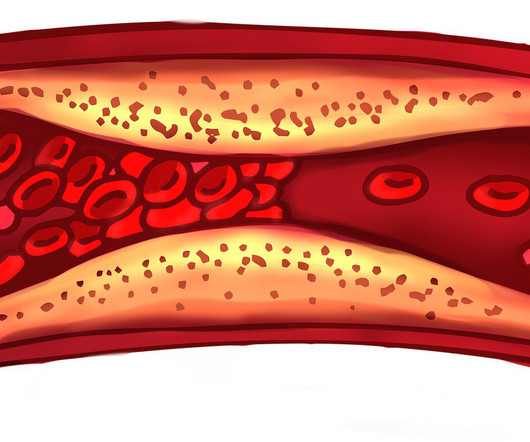











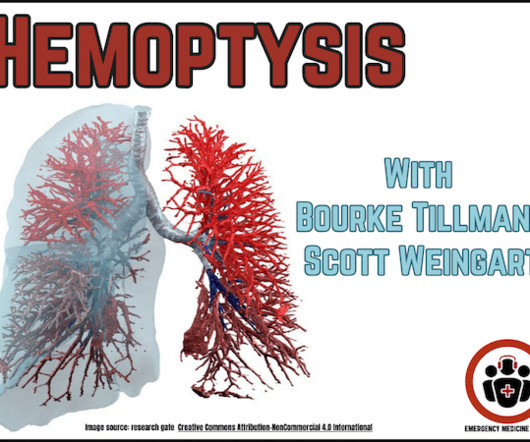

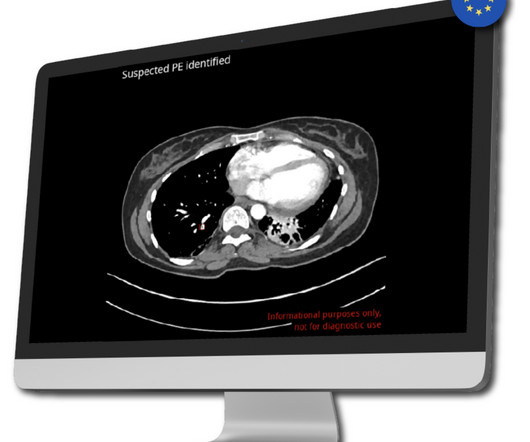

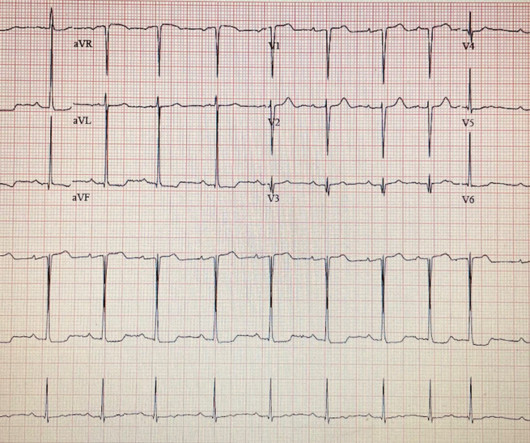









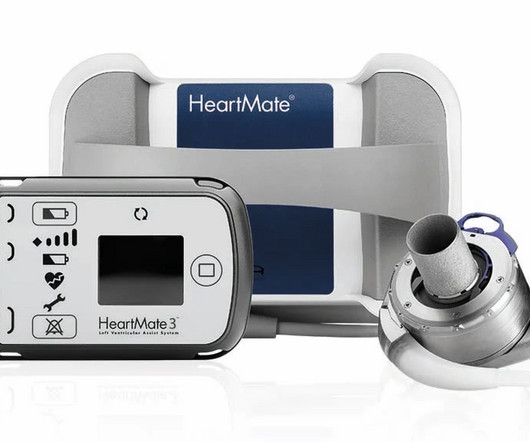








Let's personalize your content